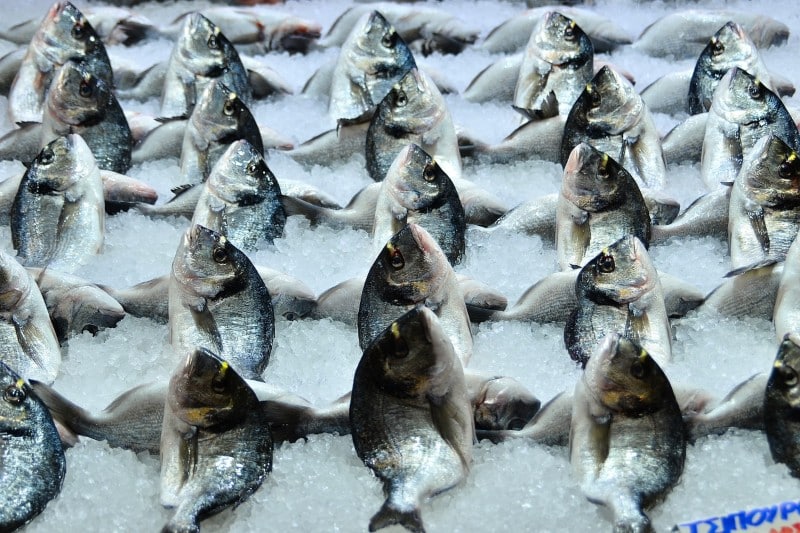Vietnam is rapidly emerging as a strategic cold-chain and agritech investment destination, backed by record-breaking export figures and fast-growing domestic food demand. In 2024, the country’s agriculture, forestry, and fisheries exports reached USD 62.4 – 62.5 billion, reflecting both production scale and strong international demand from the EU, the United States, Japan, and China. This export momentum is mirrored by the domestic food processing industry, which grew 7.4% on year to approximately USD 79.3 billion. The food service market alone is expected to more than double from USD 21.92 billion in 2024 to USD 54.27 billion by 2033, further boosting the need for reliable cold storage and traceable supply chains.
Cold storage capacity in Vietnam surpassed 1 million pallet positions in 2023 and is projected to reach 1.7 million by 2028, signaling major expansion opportunities. However, coverage remains lower than in Thailand, where up to half of agricultural exports pass through cold-chain systems. Vietnam currently stands closer to one-fifth to one-quarter coverage for key perishables, indicating significant room for growth. Energy costs have risen steadily, making efficiency a central consideration for investors. Many operators are adopting rooftop solar and energy optimization strategies to offset cost pressures and enhance operational resilience.
Vietnam’s major trade agreements, including EVFTA, CPTPP, and RCEP, require strict compliance with sanitary and phytosanitary standards. Exporters are accelerating adoption of traceability systems to meet these requirements, supported by new national mandates for electronic catch and landing systems and the rollout of electronic phytosanitary and health certificates. Local technology firms, such as Vietnam Blockchain Corporation, are building digital traceability platforms to strengthen compliance and market access.
Foreign and domestic investors are already responding. LOTTE Global Logistics has committed USD 34 million to a new cold-chain facility in Dong Nai, while DHL is expanding its temperature-controlled logistics solutions. Local leaders like ABA Cooltrans and Lineage Logistics control a large share of capacity and continue to scale through strategic partnerships. For investors, entry strategies may range from building greenfield facilities to integrating digital compliance layers, with the strongest returns tied to compliance premiums, energy savings, and reduced post-harvest losses.
If Vietnam meets its 2030 capacity target and expands cold-chain coverage in high-value categories, the sector could sustain high single-digit to low double-digit growth. With accelerated digital adoption, coverage could approach 45%, positioning Vietnam as a regional hub for agri-food exports with modernized logistics and traceable value chains.
(Source: ASEAN Briefing)
